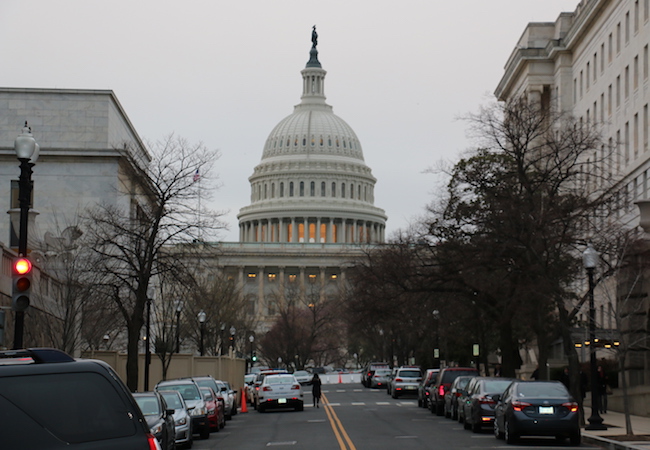Default in the United States?

The visceral bitterness between Democrats and Republicans in the US could prevent the necessary agreement from being reached to raise the US debt ceiling and thus avoid ‘in extemis’ the suspension of payments or default, which could lead to a repeat of Wall Street’s Black Thursday (the stock market crash of 24 October 1929).
Thus, on 19 January the United States reached its debt ceiling of 31.4 trillion dollars and exceeded its legal debt limit, that is, “the amount of money the US government is authorised to borrow to meet its legal obligations, such as paying Social Security”.
The US suffers from an endemic budget deficit due to its geostrategic short-sightedness, which makes it the gendarme of a Unipolar World, an unhealthy obsession that translates into exponential increases in annual military spending following the dictates of the real Shadow Power, baptised by Eisenhower as “the military-industrial complex” and currently led by mega-companies such as Lockheed Martin, Boeing, Raytheon, Northon Grumman and General Dynamics, which are fed by huge public contracts and which employ some 600,000 workers. 600,000 workers.
The political body with the power to establish a new budget deficit in the United States is Congress, but given that the Republicans have controlled the House since the mid-term elections of 2022, Joe Biden will have to apply deep spending cuts in such sensitive areas as social security in exchange for Republican support to raise the debt ceiling.
In this situation, we are witnessing the adoption by the Secretary of the Treasury, Janet Yellen, of extraordinary measures to cover the expenses that the government has already committed to in the short term, but which would only last until 5 June, and if a bipartisan agreement is not reached, the US would default or suspend payments, an unprecedented situation that would cause a global shock and could lead to a new stock market crash that, by mimicry, would spread to all the world stock markets, together with the collapse of the dollar.
Such a stock market crash would have the beneficial effects of forcing companies to redefine strategies, adjust structures, restore their finances and re-establish their credit on the market (as happened on Wall Street’s Black Thursday) and the collateral damage of the ruin of millions of small investors still dazzled by the lights of the stratosphere, the financial starvation of companies and the consequent domino effect in the declaration of bankruptcies with unemployment rates unknown since 2009.
Likewise, we will witness the end of the compulsive consumerism prevailing in the last decade due to galloping inflation rates and the loss of purchasing power of workers, which together with the progressive deterioration of their working conditions will provoke frequent outbreaks of labour conflict and the worsening of social fracture, diluting the beneficial effects of the former social measures of “Papa-State”, as the welfare state will come to an end.
The post-battle scenario will be completed with spectacular increases in the public deficit and foreign debt and the stagnation of the world economic crisis, which will represent a return to protectionism, the consequent contraction of world trade, the subsequent end of economic globalisation and a return to economic scenarios of watertight compartments.




